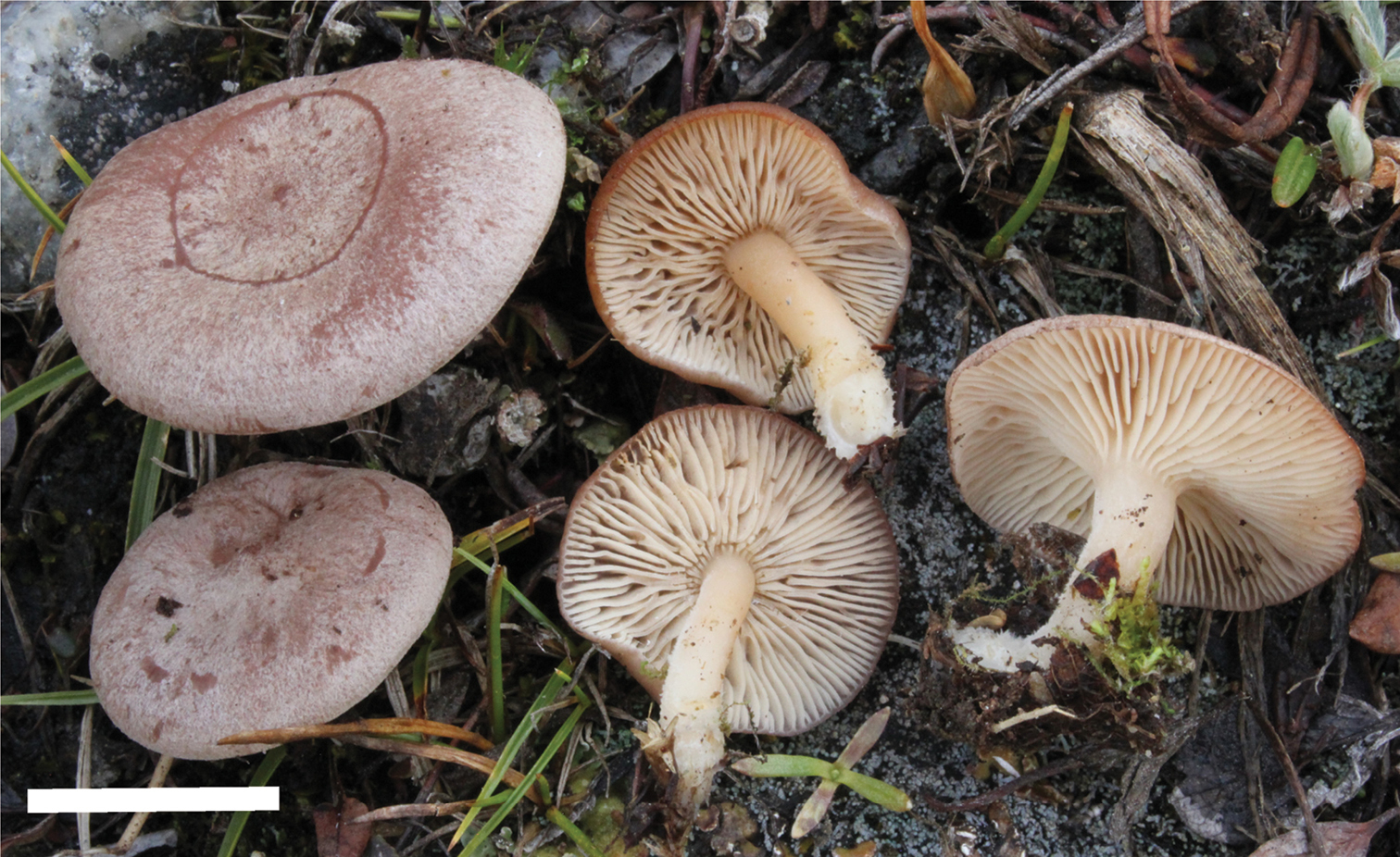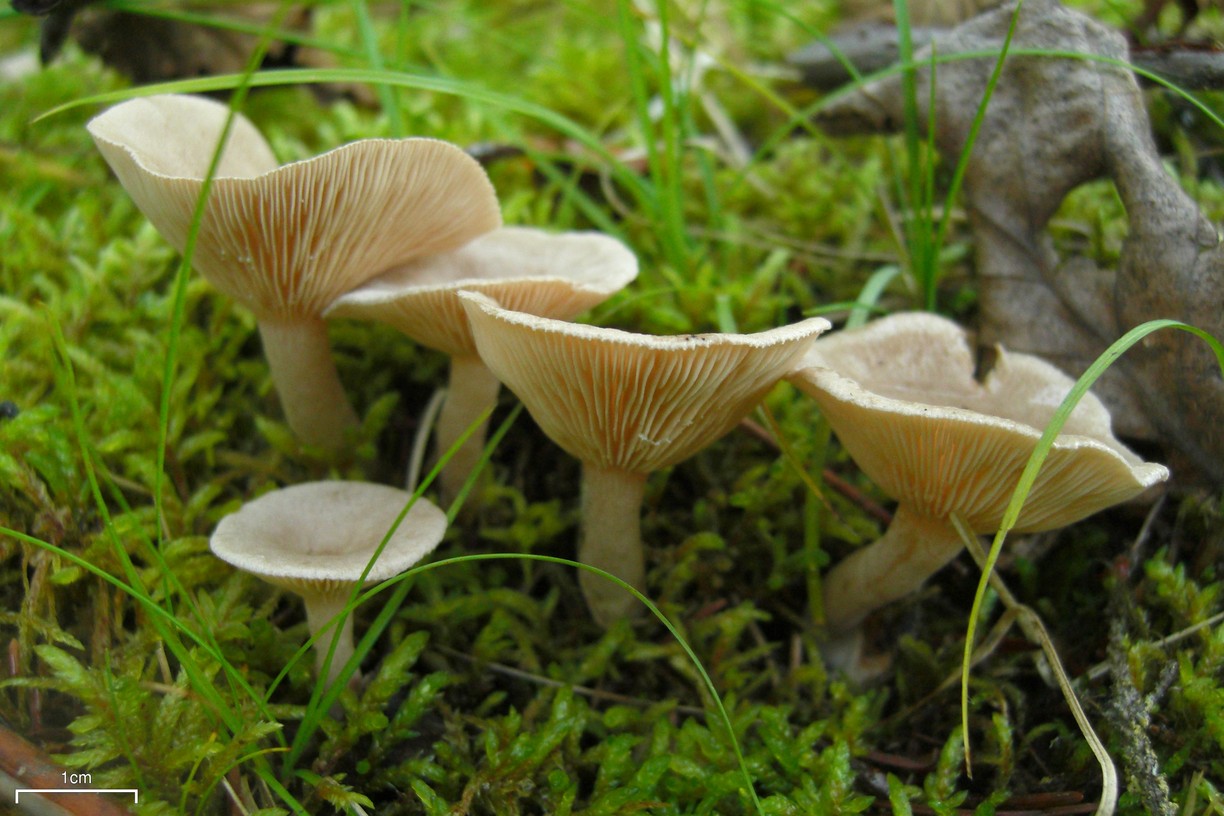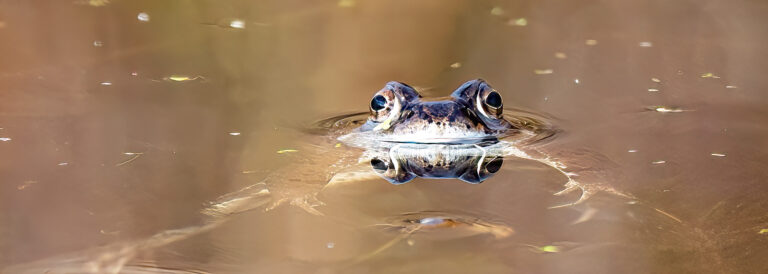September is a good month to be spotting and smelling this fungus in North Sutherland!
Where to look
L. Glyciosmus is mycorrhizal with birch trees and occurs and damp and peaty soils from August until October/November. The cap typically measures between 2 and 5.5cm. It is usually greyish lilac and convex before developing a central depression with a central pimple sometimes. The stem is lighter than the cap and can become hollow. The gills are decurrent. The coconut milkcap’s milk is white and rather scant, and tastes mild at first and then acrid. The main defining feature of this fungus is, you’ve guessed it, its coconut smell!
Background
Lactarius Glyciosmus is from the milkcap family and their distinguishing feature is that they ooze droplets of milk from the flesh and gills when damaged. The quantity of milk varies from a milkcap to another as well as its colour and taste. When the milk dries it stains a certain colour and that is also a crucial defining feature. Certain milkcaps like this one have a particular smell which make them easier to identify (another example would be Lactarius Helvus which smells like curry!).
Further Information
The milk from milkcaps can range from clear to white, to yellow to orange. The name lactarius comes from latin “lac” which means “milk”.
The lactarius genus is closely related to the russula (known as brittlegills). It is a large genus with over 500 known species. Recently, the genus Lactifluus has been separated from Lactarius based on molecular phylogenetic evidence. The nomenclature of the fungi world is forever evolving!








